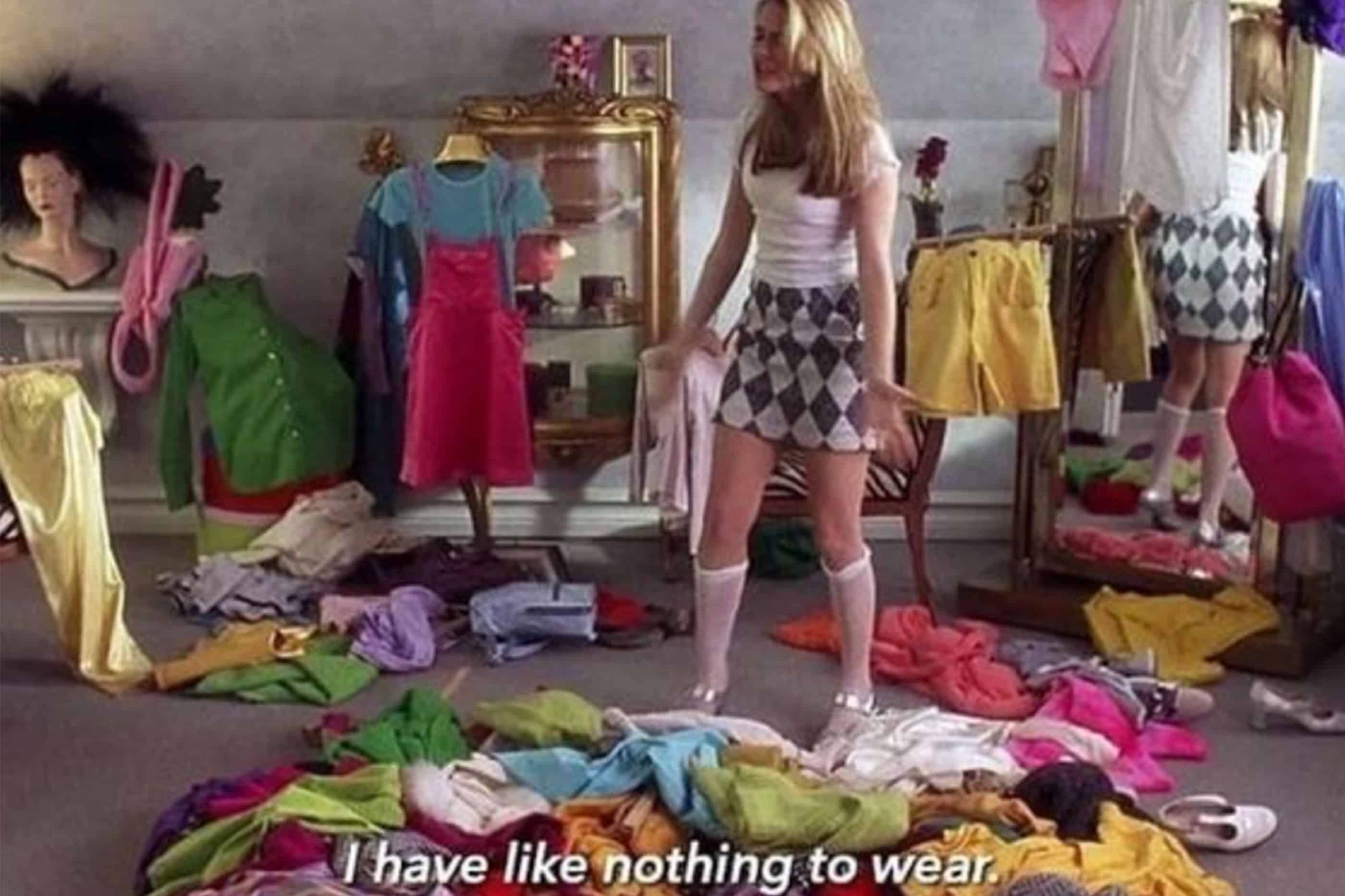
So, you might have woken up to the news last week that France has supposedly put some kind of 'ban' on fast fashion. While it's definitely some pretty big news, it's also – like most news stories these days – much more nuanced than the headlines might give away.
If you're wondering what this reported 'ban' might look like, both for brands and for shoppers, we get into everything you need to know, below...
What has happened?
Earlier this week, France's lower house unanimously voted in favour of a bill intended to limit 'excesses' of fast fashion. The bill now heads to the senate for a vote, before it can become law.
Is it actually a ban?
Short answer: no. There is no actual ban being placed on fast fashion being produced or sold in France. What is being voted upon are a range of measures to be implemented in the pursuit of limiting its excess.
Key points of the bill include:
- a ban on advertising for the cheapest textiles
- an environmental charge on low-cost items (with gradually increasing penalties of up to 10 euros ($11) per individual item of clothing by 2030).
What does the levy entail?
The environmental levy is just one part of the bill, but stipulates the creation of a levy of 5 euros initially – and then 10 euros per item – for low-cost items deemed to be 'fast fashion'. The bill does outline that the levy can't make up more than 50% of the price, so for things with a lower price point, the levy will be lower.
The money from the levy will go to supporting brands who make sustainable products.
What's the benefit of the bill?
Over the last few years, ultra-fast fashion mega-corporations like Shein and Temu have disrupted the retail sector and contributed negatively to both the overall health of the fashion industry, as well as being a generally unsustainable for the environment.
The bill itself led the message, saying: "This evolution of the apparel sector towards ephemeral fashion, combining increased volumes and low prices, is influencing consumer buying habits by creating buying impulses and a constant need for renewal, which is not without environmental, social and economic consequences."



